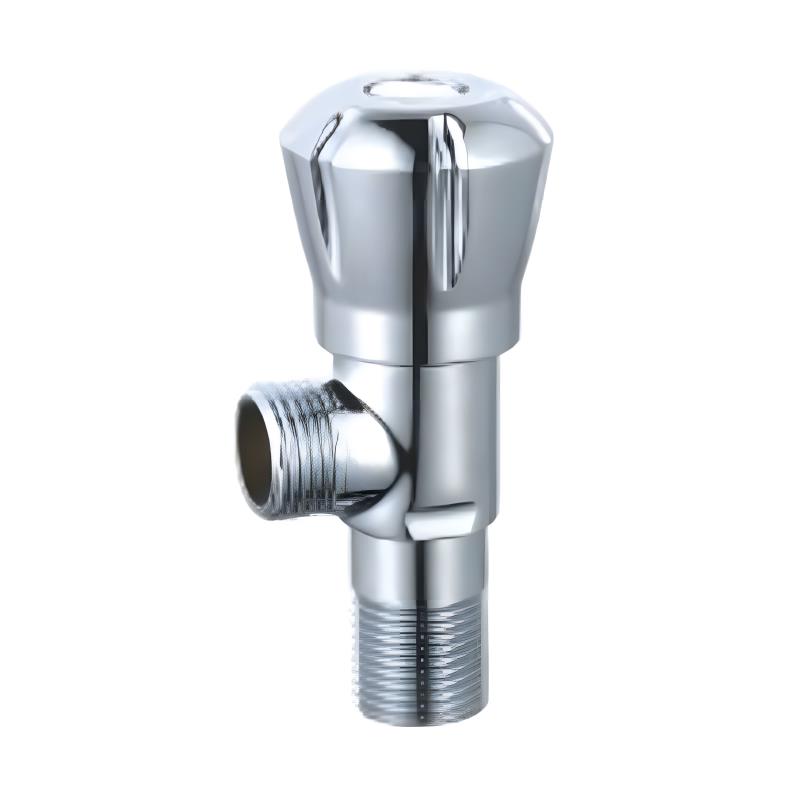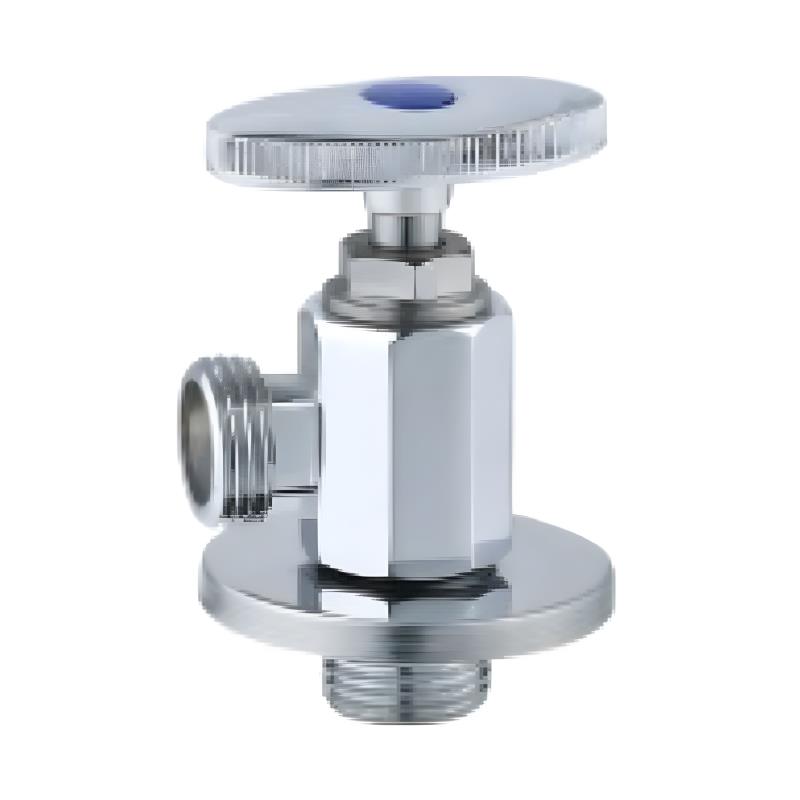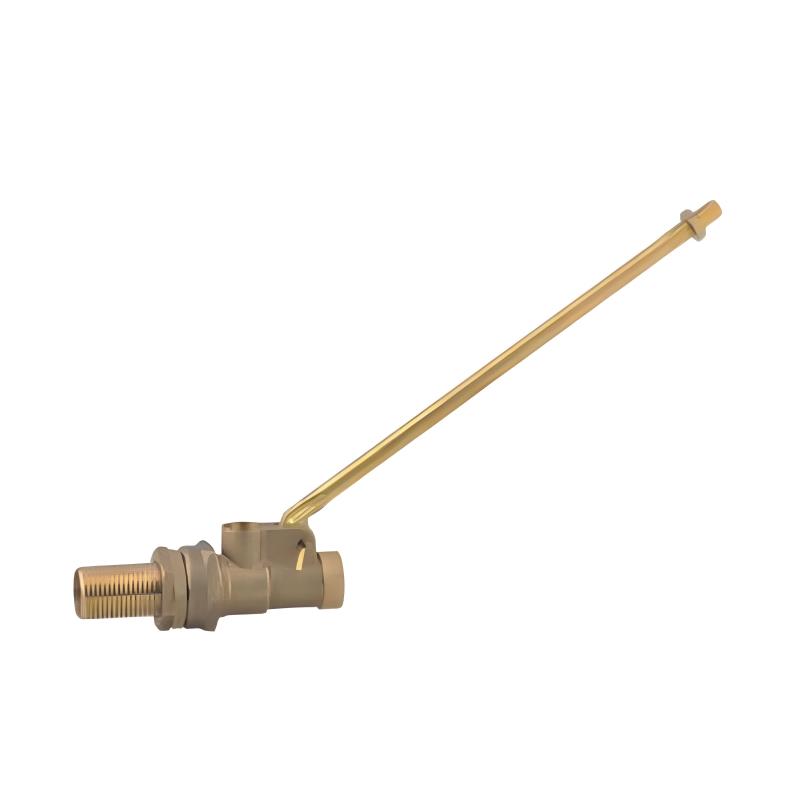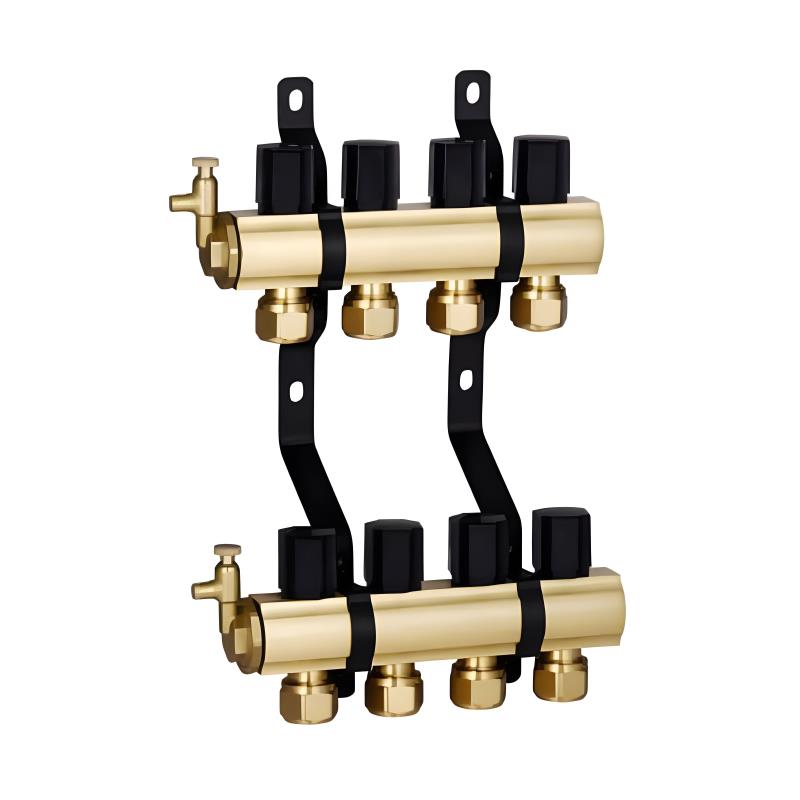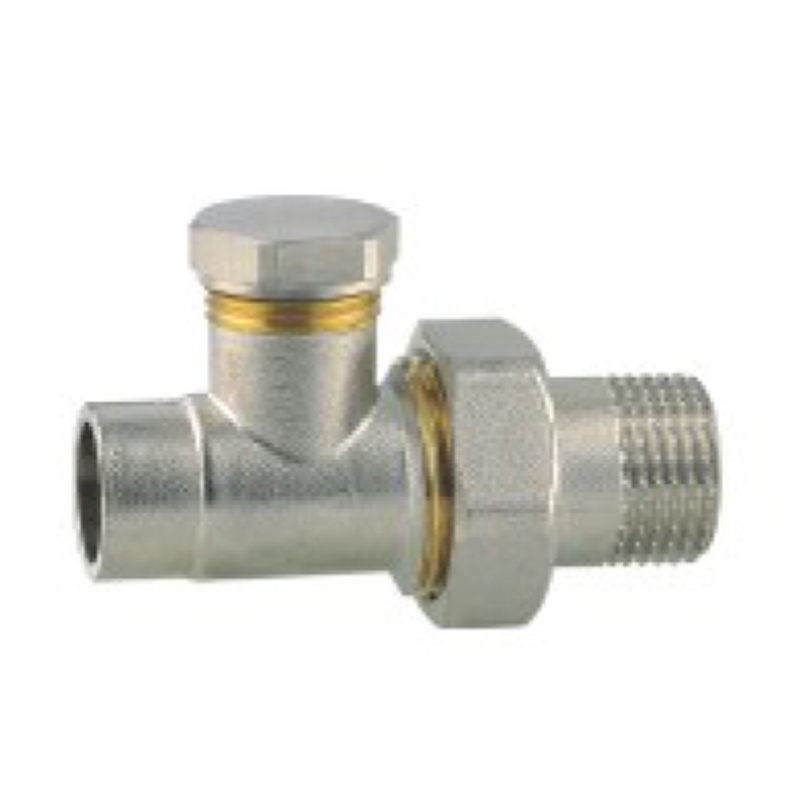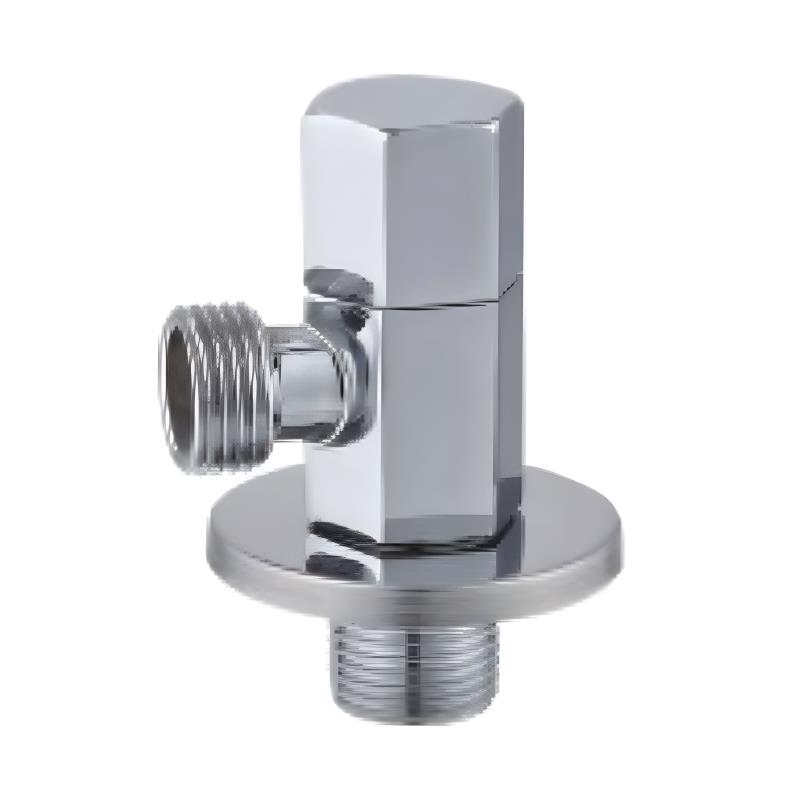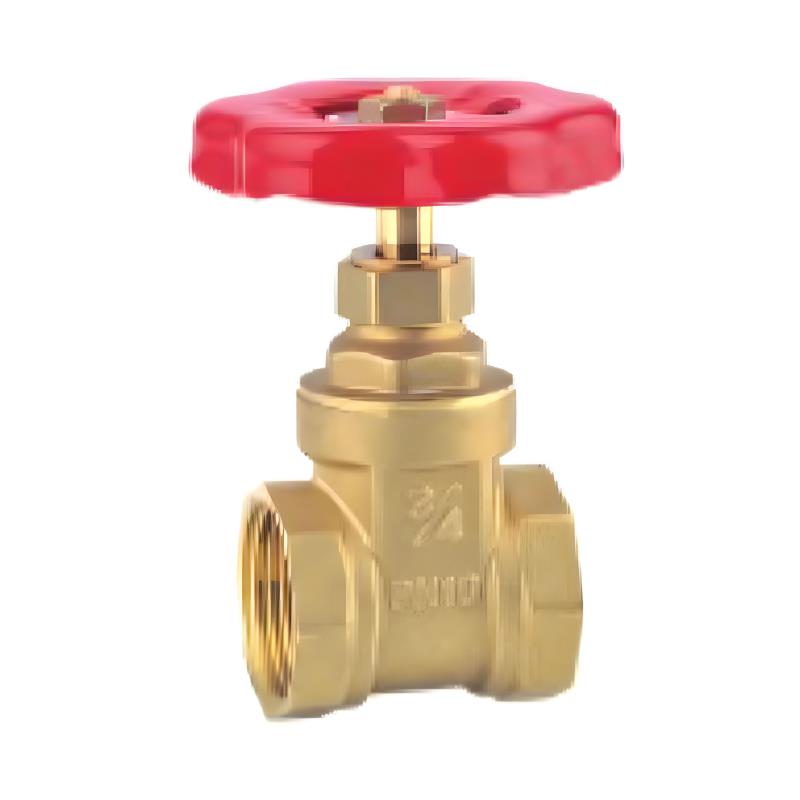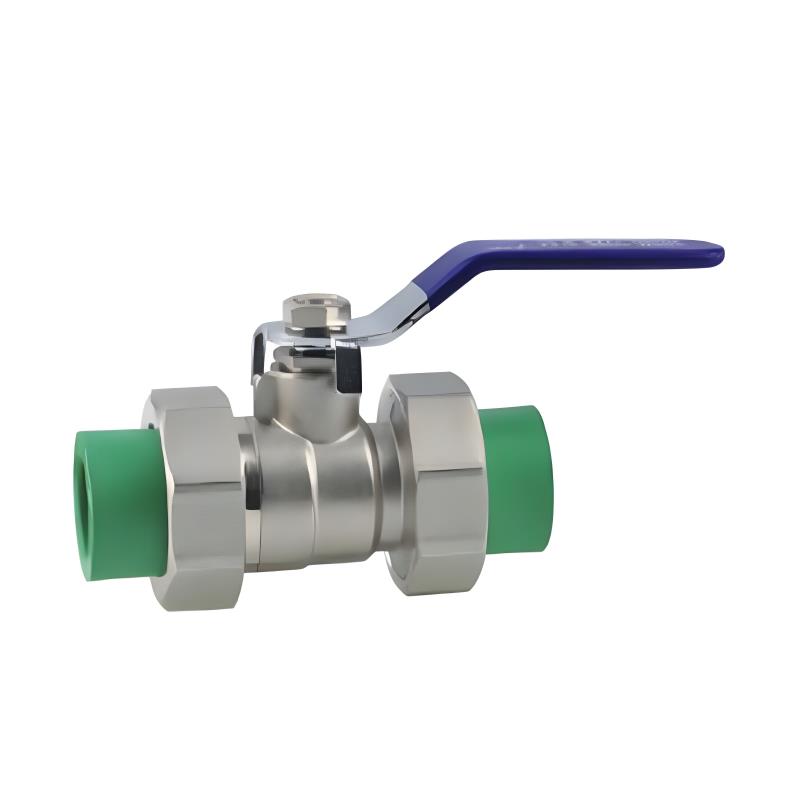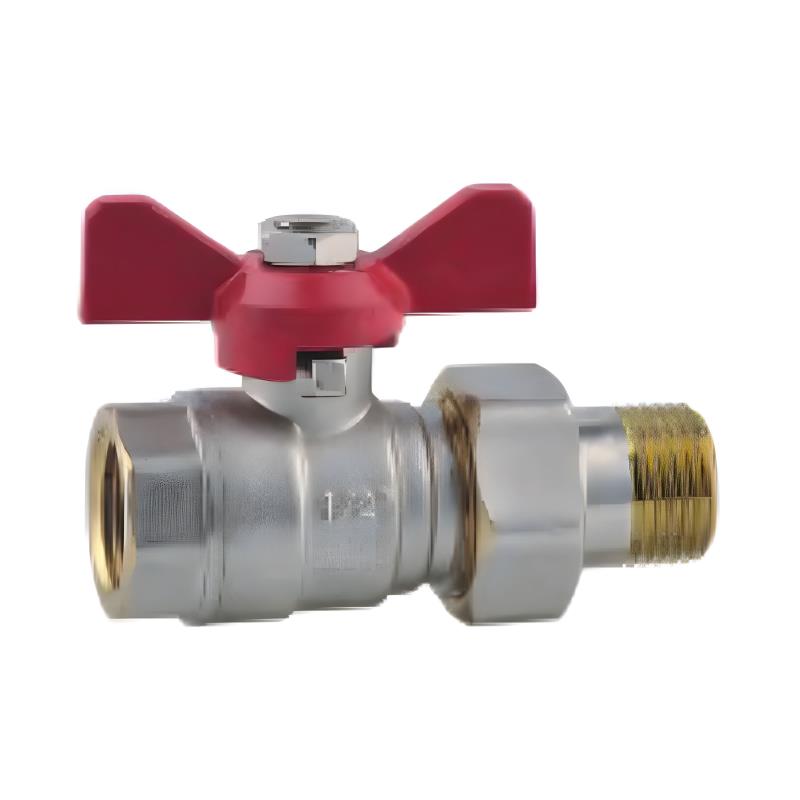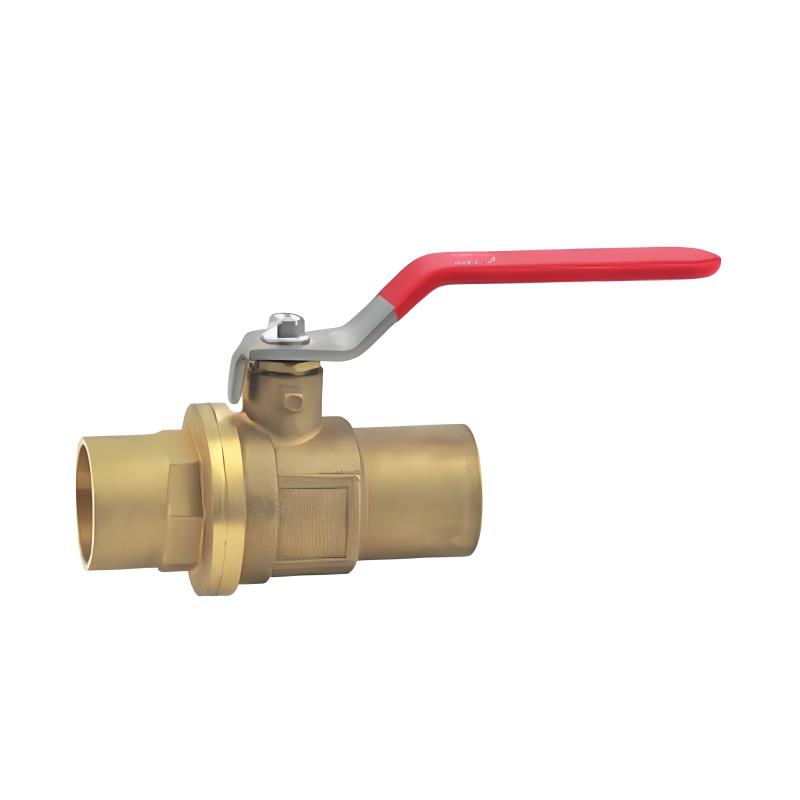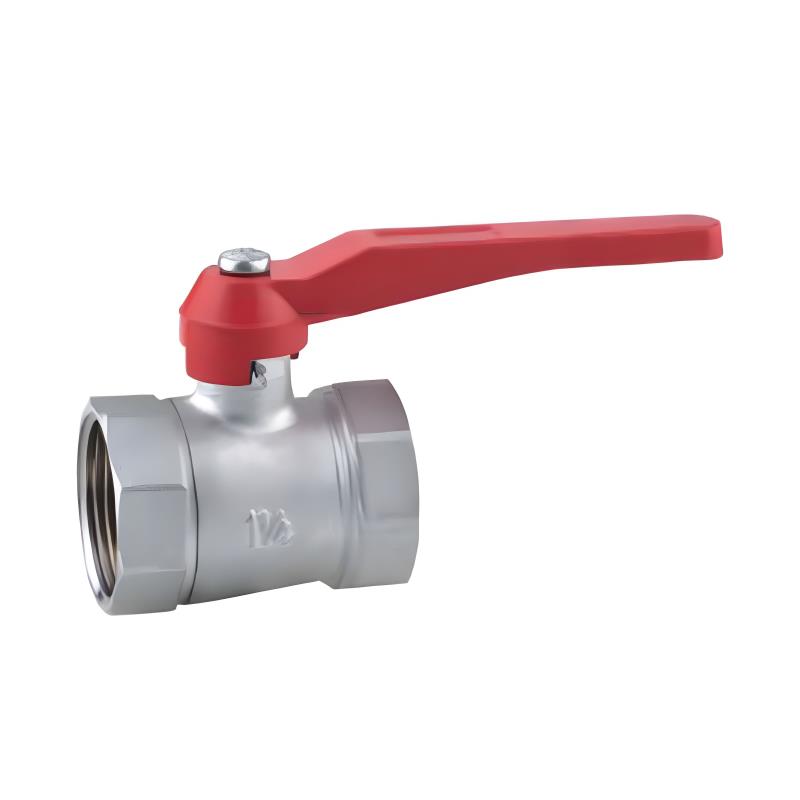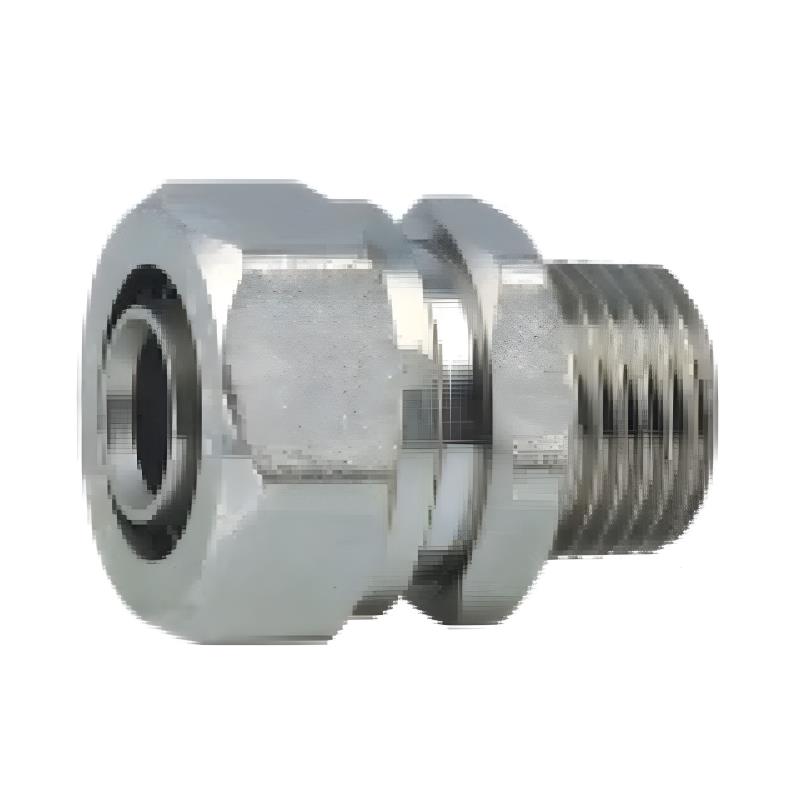Submit feedback
Brass Fittings and Their Crucial Role in Gas Pipeline Safety and Efficiency
Brass fittings are essential components widely used in various piping systems, and their importance in gas pipeline applications cannot be overstated. Due to their excellent sealing capabilities and resistance to corrosion, brass fittings have become a preferred choice for natural gas and liquefied petroleum gas (LPG) transportation systems. This article explores how brass fittings contribute to the safety, reliability, and efficiency of gas pipelines, focusing on their material properties and design advantages.
One of the primary reasons brass fittings are favored in gas pipeline systems is their superior sealing performance. Gas pipelines require components that prevent leaks to avoid hazardous situations, and brass fittings provide tight seals due to their precise manufacturing and inherent material characteristics. The dense structure of brass ensures that connections remain secure under varying pressure conditions, reducing the risk of gas escaping from joints. In gas transportation, maintaining an airtight system is vital for both safety and operational effectiveness, and brass fittings consistently meet these standards.
In addition to sealing properties, corrosion resistance is another significant advantage of brass fittings in gas pipeline applications. Gas pipelines often operate in environments where exposure to moisture, chemicals, and temperature fluctuations can accelerate corrosion. Brass, an alloy primarily composed of copper and zinc, naturally forms a protective oxide layer that shields it from rust and other corrosive elements. This protective layer enhances the durability of brass fittings and ensures a longer service life even in challenging conditions. As a result, gas companies prefer brass fittings to reduce maintenance costs and avoid the risks associated with corroded pipeline components.
The mechanical strength and durability of brass fittings also play a critical role in gas pipeline systems. Gas pipelines are subject to pressure variations and mechanical stresses, especially at connection points. Brass fittings provide robust mechanical support due to their high tensile strength and resistance to deformation. This strength prevents fittings from cracking or loosening over time, which is crucial for maintaining pipeline integrity. Moreover, brass fittings can withstand thermal expansion and contraction without compromising their performance, an important feature for pipelines exposed to varying temperatures.
Another benefit of brass fittings is their compatibility with different types of pipes and connection methods commonly used in gas systems. Brass fittings come in a variety of shapes and sizes, including elbows, tees, couplings, and adapters, which allow for flexible pipeline design and easy installation. Their ability to connect metal pipes, such as steel or copper, and even some plastic pipes, makes brass fittings highly versatile in gas distribution networks. This versatility simplifies pipeline construction and repair, which is valuable for minimizing downtime and ensuring continuous gas supply.
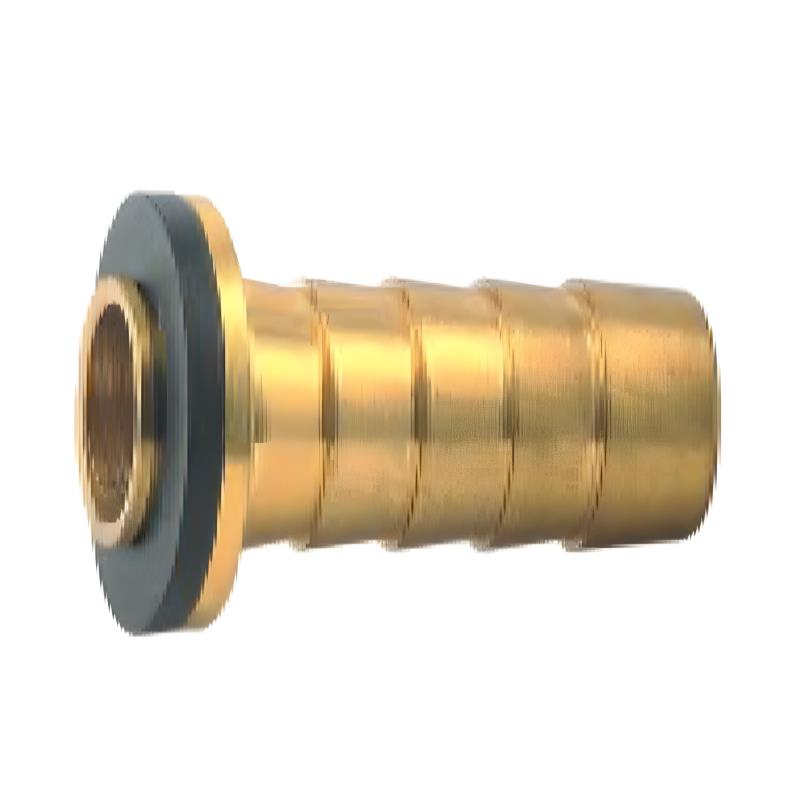
Safety is paramount in gas pipeline systems, and brass fittings contribute significantly to this aspect. By providing secure, leak-proof connections, brass fittings help prevent gas leaks that could lead to fires, explosions, or toxic exposure. Their reliability under pressure and resistance to corrosion reduce the chances of unexpected failures. Furthermore, brass fittings are often designed with safety features such as reinforced threads and precise machining tolerances to enhance their performance in gas applications. Using high-quality brass fittings helps operators comply with safety regulations and industry standards, promoting safer infrastructure overall.
The ease of maintenance and inspection is another reason brass fittings are preferred in gas pipelines. Due to their corrosion resistance and mechanical durability, brass fittings require less frequent replacement compared to other materials. This longevity reduces maintenance interventions, lowering operational costs. Additionally, brass fittings can be easily inspected for wear or damage without extensive disassembly, enabling timely repairs before issues escalate. The combination of durability and ease of upkeep makes brass fittings a cost-effective choice for gas pipeline operators.
Sustainability and environmental considerations also support the use of brass fittings in gas pipelines. Brass is a recyclable material, and fittings can often be refurbished or recycled at the end of their service life. Using brass fittings thus aligns with efforts to reduce waste and environmental impact. Furthermore, their reliable sealing reduces gas leakage, which not only improves operational efficiency but also minimizes greenhouse gas emissions, contributing to environmental protection.
In conclusion, brass fittings play an indispensable role in gas pipeline systems, particularly for natural gas and LPG transportation. Their excellent sealing ability, corrosion resistance, mechanical strength, and versatility make them ideal for maintaining safe and efficient gas flow. The safety benefits, coupled with ease of maintenance and environmental friendliness, further highlight why brass fittings remain a top choice in the gas industry. As the demand for reliable and sustainable gas infrastructure grows, brass fittings will continue to be a fundamental component in ensuring the safety and performance of gas pipelines worldwide.
Throughout the entire gas pipeline network, the use of brass fittings provides peace of mind to operators and users alike, demonstrating that material choice is critical in achieving both safety and durability in gas transportation systems.
 +86-13989680588
+86-13989680588 graylin@hongjiavalve.com
graylin@hongjiavalve.com 
